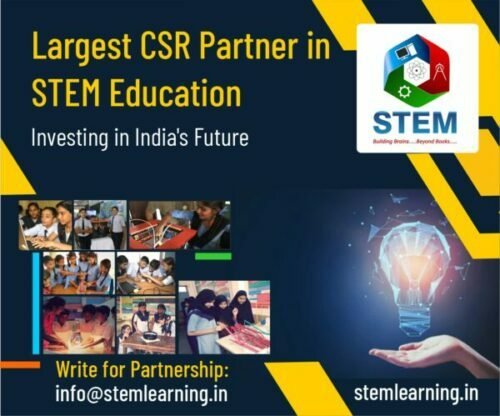
Words Manish Kumar
Seamless communication between devices is critical to delivering a smooth user experience. Zigbee, a widely adopted wireless communication protocol, plays a pivotal role in enabling interoperability among smart home devices. Developing a robust Zigbee application requires a deep understanding of network protocols, efficient data handling, and optimization for resource-constrained environments. This article explores the development of comprehensive Zigbee applications that bridge user commands with smart home devices, ensuring reliability, scalability, and enhanced functionality in the IoT ecosystem.
In the ever-evolving landscape of embedded systems and IoT development, efficiency, security, and scalability have become the cornerstone of innovation. Omkar Wagle, an accomplished technologist, has been at the forefront of this transformation, playing a crucial role in designing and optimizing smart home solutions. His journey, marked by challenges and breakthroughs, offers a deep insight into the future of IoT development.
As one of the first hires at a smart home startup, he quickly established himself as a pivotal player in the organization’s technological growth. After initially contributing to the common architectural framework, he took on the challenge of developing a full-fledged Zigbee application. His work centered around bridging user commands with Zigbee System-on-Chips (SoCs), enabling seamless device communication. “This involved crafting sophisticated, readable code to generate Zigbee packets and implementing various clusters to support an expanding ecosystem of connected devices” he mentioned.
Reportedly, one of his most significant contributions was the development of a reusable function for common frame packet formation. By optimizing this process, he drastically reduced redundant code, accelerating the integration of new Zigbee clusters. “The impact was profound, what once took five days for development and testing was streamlined to a two-day process, marking a 60% improvement in efficiency” he stated. This innovation not only expedited the product’s evolution but also minimized maintenance costs and resource utilization.
Another milestone in his career was adapting an existing codebase for a new product with constrained hardware resources. Tasked with compressing the software to fit within reduced storage and RAM limitations, he spearheaded a strategic shift to static linking and leveraged UPX compression. This meticulous approach ensured that performance parity with the original product was maintained, allowing seamless deployment. The successful implementation of this project played a key role in Omkar’s promotion to Senior Software Engineer, underscoring the impact of his technical prowess.
Beyond optimization, Omkar tackled one of the most complex aspects of IoT development, Zigbee device management. Previously reliant on third-party desktop applications for device inclusion, exclusion, and exploration, the company needed an independent solution. He took the initiative to build the entire device management flow from scratch, meticulously reverse-engineering existing functionalities and translating them into a seamless, in-house solution. The efforts encompassed designing data structures for device storage, implementing robust network formation protocols, and ensuring accurate cluster recognition. The result was a fully integrated, market-ready product that streamlined the user experience while enhancing security and scalability.
Reflecting on the broader trends in embedded and IoT systems, he emphasizes the necessity of balancing resource constraints with performance and functionality. Techniques such as code compression, static linking, and efficient memory management play a vital role in creating scalable solutions. Additionally, security remains a top priority, with secure boot mechanisms, encrypted firmware updates, and robust communication protocols forming the backbone of reliable IoT ecosystems.
Omkar Wagle’s journey highlights the intricate interplay between hardware and software in IoT development. The ability to navigate these challenges with innovative solutions has not only accelerated product development but has also set new benchmarks in efficiency and reliability. As IoT continues to evolve, his insights serve as a guiding framework for technologists seeking to build smarter, more secure, and scalable embedded systems.
About Us
Manish Kumar is a news editor at India CSR.
(Copyright@IndiaCSR)




















